The history of women hiking in nature is almost non-existent. Instead, Cheryl Strayed is widely believed to be the first woman to boldly walk day after day in remote, unpeopled landscapes. This is a terrible misconception.
Five years ago, exasperated by the male dominance of walking and nature writing, I began researching women walkers of the past for my latest book Windswept: Walking the Paths of Trailblazing Women. It seemed to me that while women had made great progress in public, urban life, the myth of Male Wilderness was harder to shift. The wilds endured as a place for well-heeled white men to prove their masculinity.
But women have always walked. And not merely to carry water and firewood. Like men, women hiked for pleasure, solitude, creativity, and catharsis. During the 19th-century, numerous women hiked solo over mountains and across plains, beside rivers and through forests. Many of them published accounts of their walks—gripping memoirs that have languished in archives or been entirely forgotten.
For several years I immersed myself in hiking travelogues written by women. Here are 8 lesser-known accounts of women walking in the wilderness:

I Belong Here: A Journey Along the Backbone of Britain by Anita Sethi
After a traumatic incident in which she was racially abused, Sethi sets out to walk one of England’s wildest, most remote trails: the Pennine Way. On this journey of reclamation, she reflects on issues of belonging and identity, eloquently linking the outer landscape to her inner emotional topography. In the wilderness, she experiences the kindness of strangers, the space to wonder, and the therapeutic properties of untamed nature.
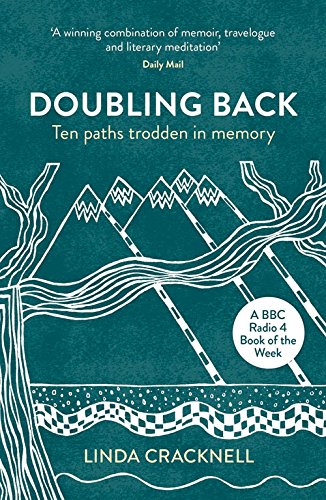
Doubling Back: Ten Paths Trodden in Memory by Linda Cracknell
Cracknell follows ten trails previously walked by others, in France, Norway, the Alps, Kenya, Spain, England, and Scotland. Each walk is a pilgrimage of sorts, throwing up lost memories and buried emotions. But the most moving and dramatic is Cracknell’s account of following the strenuous Alpine route, with its “labyrinth of fog and crevasse,” climbed by her barely known father, 50 years earlier.
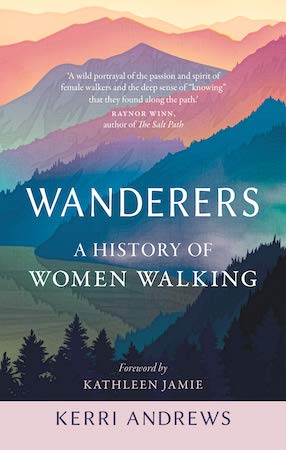
Wanderers: A History of Women Walking by Kerri Andrews
The first nonfiction book to excavate lost women walker-writers of the past and return them to the literary stage. Andrews spent over a decade researching women from as far back as the 18th-century in a scholarly bid to prove that women have always hiked in wild landscapes. From Elizabeth Carter to Dorothy Wordsworth to Cheryl Strayed, Andrews argues for a re-evaluation of the genre now known as literature of the leg.
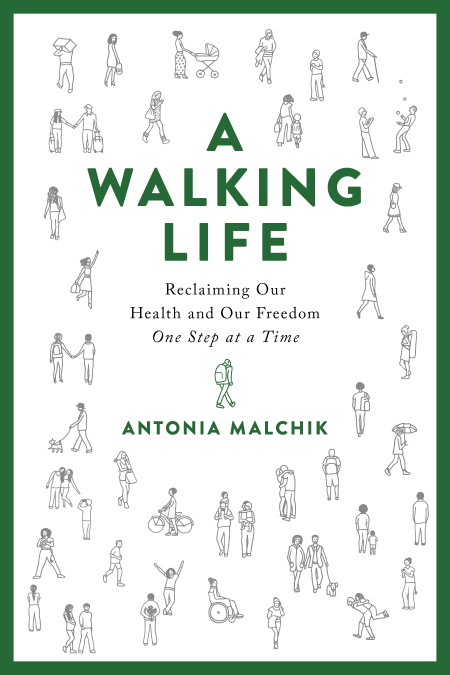
A Walking Life: Reclaiming Our Health and Our Freedom One Step at a Time by Antonia Malchik
A Walking Life is a series of meanders through the many facets of walking. Malchik is one of the empathetic few to write about walking while attending to those who cannot walk. She makes a compelling case for better public transport, for greater access to wild landscapes, and for more power to the pedestrian, while lambasting the highways that have gobbled up vast tracts of American wilderness. For Malchik walking is a political act—and as someone who grew up car-less, I lapped up her impassioned prose.
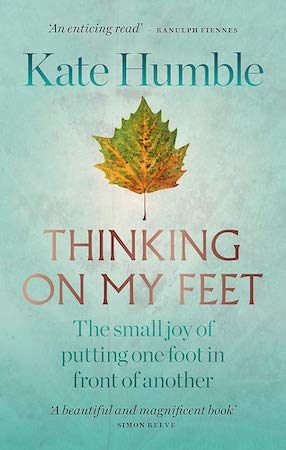
Thinking On My Feet: The Small Joy of Putting One Foot in Front of Another by Kate Humble
The TV presenter and writer, Kate Humble, embarks on a series of walks including an evocative night ramble in France and a solo backpacking week-long hike down the English River Wye with her dog. Humble walks both alone and with friends, often pondering the science of being in nature and noting its benefits on both herself and on others.
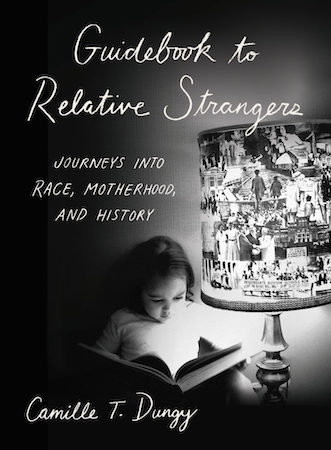
“A Good Hike” in Guidebook to Relative Strangers: Journeys into Race, Motherhood and History by Camille T. Dungy
Part essay and part memoir, A Good Hike describes a remote walk in which the newly pregnant writer and professor Camille Dungy becomes injured and has to be carried home by her companions. Blending humor, pathos, and insight, Dungy worries about her weight and her sudden loss of control, while mulling her new vulnerability. As she slowly relinquishes all pretense of pride and independence, the walk becomes curiously affirmative.

The Living Mountain by Nan Shepherd
The Living Mountain is quite possibly the most remarkable account of hill-walking ever written. The Scottish poet and novelist, Nan Shepherd, recounts a life spent walking in the Scottish highlands. Her prose is now considered some of the best “nature-writing” ever penned, as Shepherd shows us how to walk into the heart of a mountain using all of our senses. This slim volume was out of print for decades but is now lauded as a masterpiece.
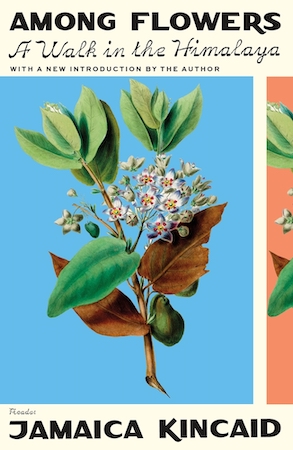
Among Flowers: A Walk in the Himalaya by Jamaica Kincaid
Part travelogue and part memoir, Among Flowers recounts Kincaid’s three-week seed-collecting trek through the mountains of Nepal in the company of three botanists. I once spent twelve weeks walking through the Himalayas, and Kincaid’s vivid descriptions awakened long-buried memories of my own: the leeches, the pain, the fatigue, the spectacular panoramas, the yearning for home. Kincaid adds her remarkable knowledge of plants and gardening to create a walking memoir unlike any other.
The post 8 Memoirs of Women Hiking in the Wilderness appeared first on Electric Literature.








